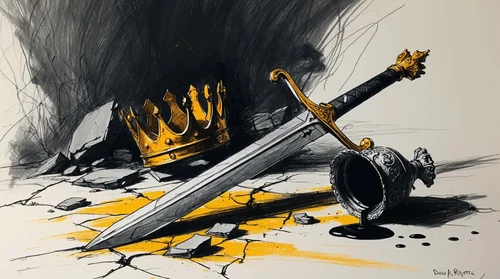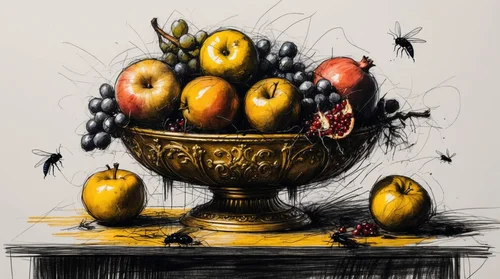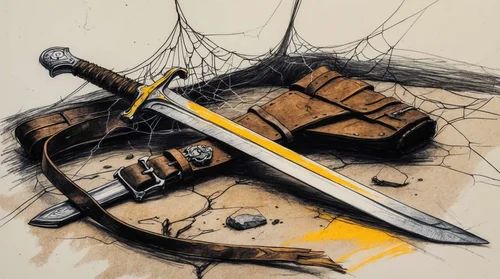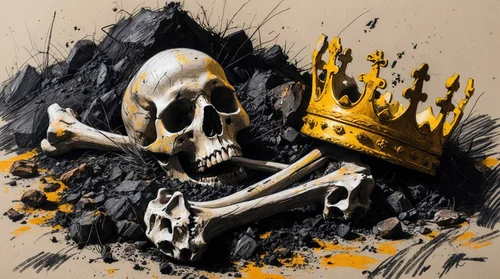HAMLET: Themes
The main themes in Hamlet – click for detailed analysis.
-
Revenge

The driving force of the plot, exploring the moral and psychological consequences of vengeance.
-
Madness

The line between feigned insanity (Hamlet) and genuine breakdown (Ophelia) in a high-pressure world.
-
Deception

The pervasive spying, performance, and hypocrisy that masks the truth in Elsinore.
-
Hesitation

The famous delay in action, analysing the paralysis caused by excessive contemplation and doubt.
-
Mortality

The obsession with death, the inevitability of physical decay, and the uncertainty of the afterlife.
-
Corruption

The moral and political sickness of Denmark, symbolised by imagery of poison, disease, and rot.
-
Gender

The restrictive roles of women, exploring patriarchal control, misogyny, and the lack of female agency.
